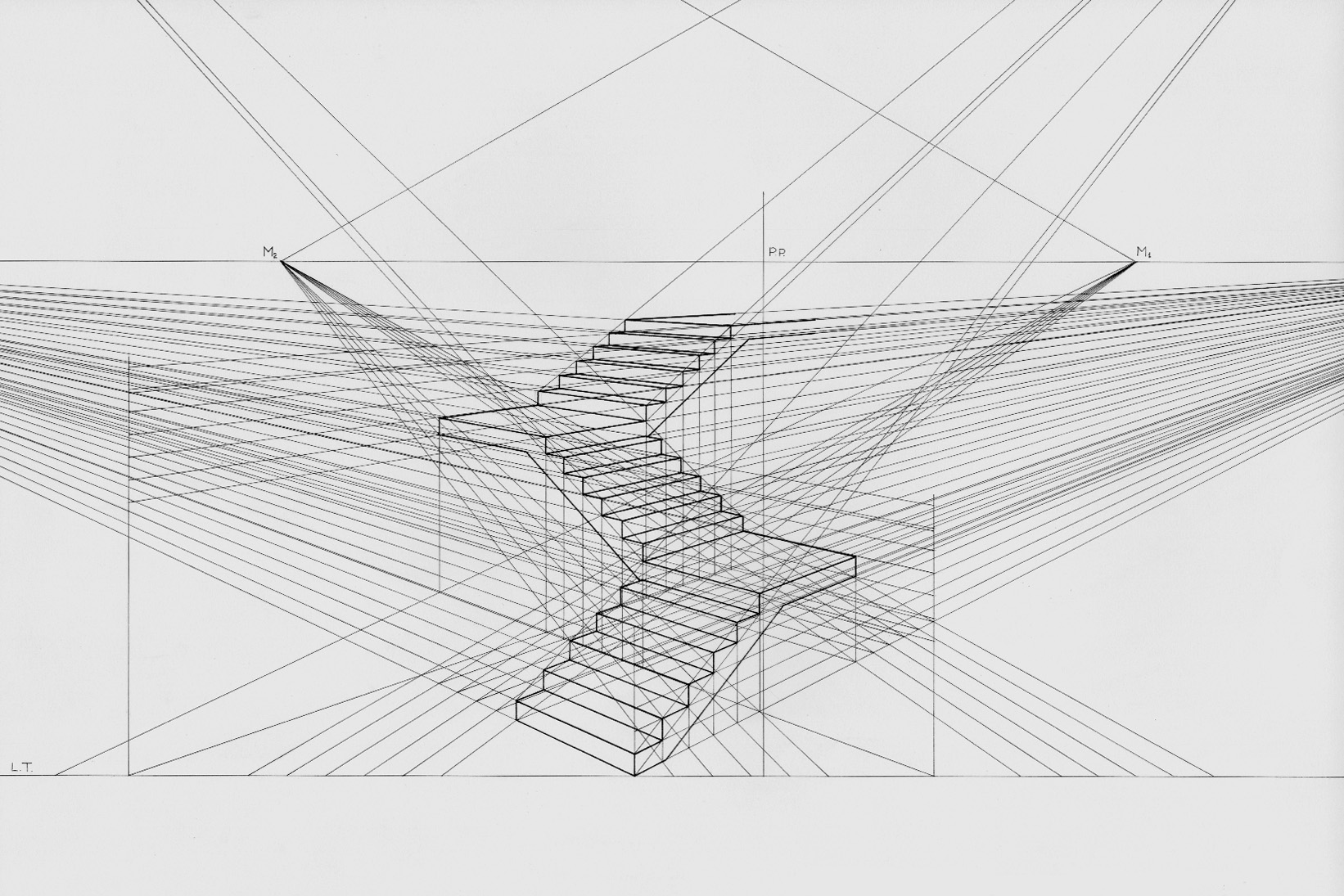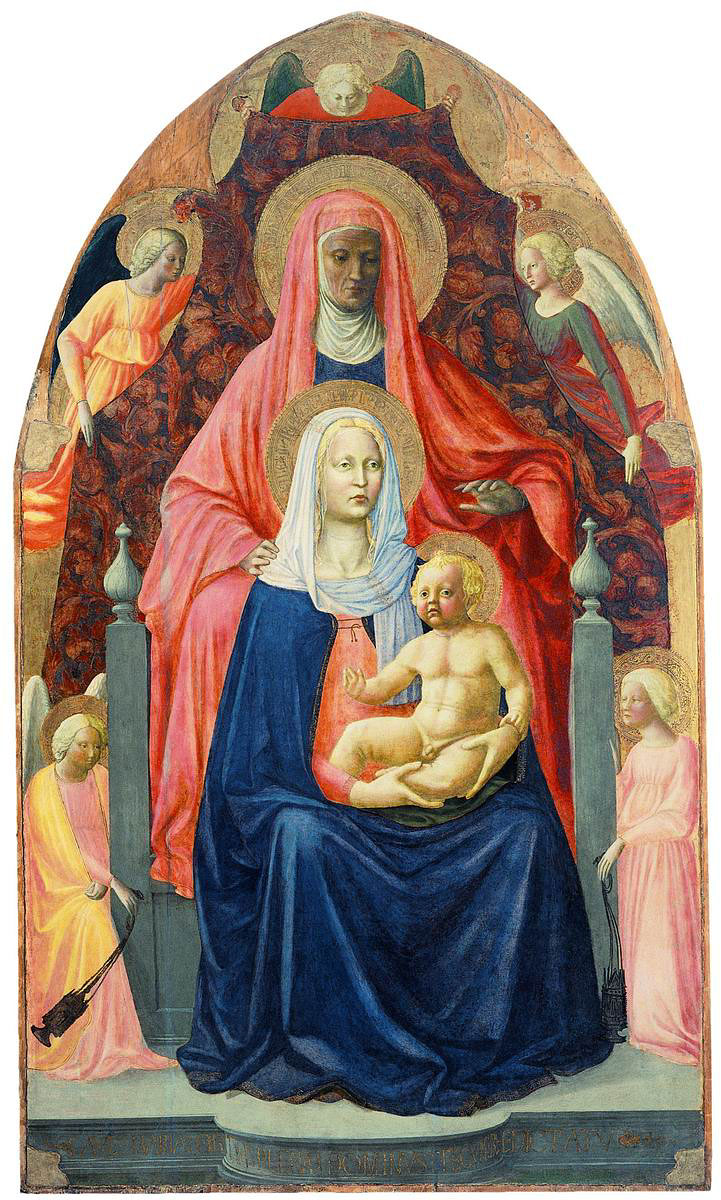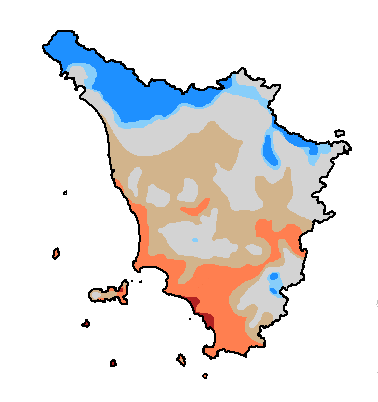|
Masaccio
Masaccio (, , ; December 21, 1401 – summer 1428), born Tommaso di Ser Giovanni di Simone, was a Florentine artist who is regarded as the first great Italian painter of the Quattrocento period of the Italian Renaissance. According to Vasari, Masaccio was the best painter of his generation because of his skill at imitating nature, recreating lifelike figures and movements as well as a convincing sense of three-dimensionality. He employed nudes and foreshortenings in his figures. This had seldom been done before him.Vasari, Giorgio, "The Lives of the Artists" Translated by Julia Conaway Bondanella and Peter Bondanella, Oxford World Classics. The name Masaccio is a humorous version of Maso (short for Tommaso), meaning "clumsy" or "messy" Tom. The name may have been created to distinguish him from his principal collaborator, also called Maso, who came to be known as Masolino ("little/delicate Tom"). Despite his brief career, he had a profound influence on other artists and is ... [...More Info...] [...Related Items...] OR: [Wikipedia] [Google] [Baidu] |
Brancacci Chapel
The Brancacci Chapel (in Italian, "Cappella dei Brancacci") is a chapel in the Church of Santa Maria del Carmine in Florence, central Italy. It is sometimes called the "Sistine Chapel of the early Renaissance" for its painting cycle, among the most famous and influential of the period. Construction of the chapel was commissioned by Felice Brancacci and begun in 1422. The paintings were executed over the years 1425 to 1427. Public access is currently gained via the neighbouring convent, designed by Brunelleschi. The church and the chapel are treated as separate places to visit and as such have different opening times and it is quite difficult to see the rest of the church from the chapel. The patron of the pictorial decoration was Felice Brancacci, descendant of Pietro, who had served as the Florentine ambassador to Cairo until 1423. Upon his return to Florence, he hired Masolino da Panicale to paint his chapel. Masolino's associate, 21-year-old Masaccio, 18 years younger than ... [...More Info...] [...Related Items...] OR: [Wikipedia] [Google] [Baidu] |
Holy Trinity (Masaccio)
''The Holy Trinity, with the Virgin and Saint John and donors'' ( it, Santa Trinità ) is a fresco by the Italian Renaissance artist Masaccio in the Dominican church of Santa Maria Novella, in Florence. The fresco was one of Masaccio's last major commissions and is often cited as one of the first monumental Renaissance paintings to utilize linear perspective. History The ''Trinity'' is thought to have been created by Masaccio between 1425–1427. He died in late 1428 at the age of 26, or having just turned 27, leaving behind a relatively small body of work. Location The fresco is located along the middle of the basilica's left aisle. Although the configuration of this space has changed since the artwork was created, there are clear indications that the fresco was aligned ''very'' precisely in relationship with the sight-lines and perspective arrangement of the room at the time; particularly a former entrance-way facing the painting; in order to enhance the ''trompe-l'œil'' ... [...More Info...] [...Related Items...] OR: [Wikipedia] [Google] [Baidu] |
Pisa Altarpiece
The Pisa Altarpiece ( it, Polittico di Pisa) was a large multi-paneled altarpiece produced by Masaccio for the chapel of Saint Julian in the church of Santa Maria del Carmine in Pisa. The chapel was owned by the notary Giuliano di Colino, who commissioned the work on February 19, 1426 for the sum of 80 florins. Payment for the work was recorded on December 26 of that year. The altarpiece was dismantled and dispersed to various collections and museums in the 18th century, but an attempted reconstruction was made possible due to a detailed description of the work by Vasari in 1568. It was a tempera painting on a gold ground and wood panel. It originally had at least five compartments organised in two registers, making ten main panels, of which only four are known to have survived. Another four side panels and three predella panels (two of which had a double scene) are now in the Gemäldegalerie, Berlin. The altarpiece's central panel was ''Madonna and Child with Angels'', produc ... [...More Info...] [...Related Items...] OR: [Wikipedia] [Google] [Baidu] |
The Tribute Money (Masaccio)
''The Tribute Money'' is a fresco by the Italian Early Renaissance painter Masaccio, located in the Brancacci Chapel of the basilica of Santa Maria del Carmine, Florence. Painted in the 1420s, it is widely considered among Masaccio's best work, and a vital part of the development of Renaissance art.Gardner, pp. 599–600. The painting is part of a cycle on the life of Saint Peter, and describes a scene from the Gospel of Matthew, in which Jesus directs Peter to find a coin in the mouth of a fish in order to pay the temple tax. Its importance relates to its revolutionary use of perspective and ''chiaroscuro''. ''The Tribute Money'' suffered great damage in the centuries after its creation, until the chapel went through a thorough restoration in the 1980s. The Brancacci Chapel The Brancacci Chapel, in the basilica of Santa Maria del Carmine, was founded around 1366/7 by Felice Brancacci. The chapel passed to Piero's nephew, Felice Brancacci, who some time between 1423 an ... [...More Info...] [...Related Items...] OR: [Wikipedia] [Google] [Baidu] |
Expulsion From The Garden Of Eden
''The Expulsion from the Garden of Eden'' ( it, Cacciata dei progenitori dall'Eden) is a fresco by the Italian Early Renaissance artist Masaccio. The fresco is a single scene from the cycle painted around 1425 by Masaccio, Masolino and others on the walls of the Brancacci Chapel in the church of Santa Maria del Carmine in Florence. It depicts the expulsion of Adam and Eve from the garden of Eden, from the biblical Book of Genesis chapter 3, albeit with a few differences from the canonical account. Possible sources of inspiration Many possible sources of inspiration have been pointed out that Masaccio may have drawn from. For Adam, possible references include numerous sculptures of Marsyas (from Greek Mythology) and a crucifix done by Donatello. For Eve, art analysts usually point to different versions of Venus Pudica, such as ''Prudence'' by Giovanni Pisano. Cover up and restoration Three centuries after the fresco was painted, Cosimo III de' Medici, in line with contemporar ... [...More Info...] [...Related Items...] OR: [Wikipedia] [Google] [Baidu] |
Perspective (graphical)
Linear or point-projection perspective (from la, perspicere 'to see through') is one of two types of graphical projection perspective in the graphic arts; the other is parallel projection. Linear perspective is an approximate representation, generally on a flat surface, of an image as it is seen by the eye. Perspective drawing is useful for representing a three-dimensional scene in a two-dimensional medium, like paper. The most characteristic features of linear perspective are that objects appear smaller as their distance from the observer increases, and that they are subject to ''foreshortening'', meaning that an object's dimensions along the line of sight appear shorter than its dimensions across the line of sight. All objects will recede to points in the distance, usually along the horizon line, but also above and below the horizon line depending on the view used. Italian Renaissance painters and architects including Masaccio, Paolo Uccello, Piero della Francesca and ... [...More Info...] [...Related Items...] OR: [Wikipedia] [Google] [Baidu] |
Italian Renaissance
The Italian Renaissance ( it, Rinascimento ) was a period in Italian history covering the 15th and 16th centuries. The period is known for the initial development of the broader Renaissance culture that spread across Europe and marked the transition from the Middle Ages to modernity. Proponents of a "long Renaissance" argue that it started around the year 1300 and lasted until about 1600. In some fields, a Proto-Renaissance, beginning around 1250, is typically accepted. The French word ''renaissance'' (corresponding to ''rinascimento'' in Italian) means 'rebirth', and defines the period as one of cultural revival and renewed interest in classical antiquity after the centuries during what Renaissance humanists labelled as the "Dark Ages". The Renaissance author Giorgio Vasari used the term ''rinascita'' 'rebirth' in his ''Lives of the Most Excellent Painters, Sculptors, and Architects'' in 1550, but the concept became widespread only in the 19th century, after the work of ... [...More Info...] [...Related Items...] OR: [Wikipedia] [Google] [Baidu] |
Masolino
, death_date = ''c.'' 1447 , death_place = Florence , nationality = Italian , field = Painting, fresco , training = , movement = Italian Renaissance , works = frescoes in the Brancacci Chapel , patrons = Pipo of OzoraCardinal Branda Castiglione , influenced by = Lorenzo Monaco, Ghiberti, Massacio , influenced = Masolino da Panicale (nickname of Tommaso di Cristoforo Fini; c. 1383 – c. 1447) was an Italian painter. His best known works are probably his collaborations with Masaccio: '' Madonna with Child and St. Anne'' (1424) and the frescoes in the Brancacci Chapel (1424–1428). Biography Masolino ("Little Tom") was possibly born in Panicale near Florence. He may have been an assistant to Ghiberti in Florence between 1403 and 1407. In 1423, he joined the Florentine guild ''Arte dei Medici e Speziali'' (Doctors and Apothecaries), which included painters as an independent branch. He may have been the first artist to cr ... [...More Info...] [...Related Items...] OR: [Wikipedia] [Google] [Baidu] |
Filippo Brunelleschi
Filippo Brunelleschi ( , , also known as Pippo; 1377 – 15 April 1446), considered to be a founding father of Renaissance architecture, was an Italian architect, designer, and sculptor, and is now recognized to be the first modern engineer, planner, and sole construction supervisor. In 1421, Brunelleschi became the first person to receive a patent in the Western world. He is most famous for designing the dome of the Florence Cathedral, a feat of engineering that had not been accomplished since antiquity, as well as the development of the mathematical technique of linear perspective in art which governed pictorial depictions of space until the late 19th century and influenced the rise of modern science. His accomplishments also include other architectural works, sculpture, mathematics, engineering, and ship design. His principal surviving works can be found in Florence. Biography Early life Brunelleschi was born in Florence, Italy, in 1377. His family consisted of his father, ... [...More Info...] [...Related Items...] OR: [Wikipedia] [Google] [Baidu] |
Renaissance
The Renaissance ( , ) , from , with the same meanings. is a period in European history marking the transition from the Middle Ages to modernity and covering the 15th and 16th centuries, characterized by an effort to revive and surpass ideas and achievements of classical antiquity. It occurred after the Crisis of the Late Middle Ages and was associated with great social change. In addition to the standard periodization, proponents of a "long Renaissance" may put its beginning in the 14th century and its end in the 17th century. The traditional view focuses more on the early modern aspects of the Renaissance and argues that it was a break from the past, but many historians today focus more on its medieval aspects and argue that it was an extension of the Middle Ages. However, the beginnings of the period – the early Renaissance of the 15th century and the Italian Proto-Renaissance from around 1250 or 1300 – overlap considerably with the Late Middle Ages, conventi ... [...More Info...] [...Related Items...] OR: [Wikipedia] [Google] [Baidu] |
Tuscany
it, Toscano (man) it, Toscana (woman) , population_note = , population_blank1_title = , population_blank1 = , demographics_type1 = Citizenship , demographics1_footnotes = , demographics1_title1 = Italian , demographics1_info1 = 90% , demographics1_title2 = , demographics1_info2 = , demographics1_title3 = , demographics1_info3 = , timezone1 = CET , utc_offset1 = +1 , timezone1_DST = CEST , utc_offset1_DST = +2 , postal_code_type = , postal_code = , area_code_type = ISO 3166 code , area_code = IT-52 , blank_name_sec1 = GDP (nominal) , blank_info_sec1 = €118 billion (2018) , blank1_name_sec1 = GDP per capita , blank1_info_sec1 = €31,500 (2018) , blank2_name_sec1 = HDI (2019) , blank2_info_sec1 = 0.907 • 6th of 21 , blank_name_sec2 = NUTS Region , blank_info_sec2 ... [...More Info...] [...Related Items...] OR: [Wikipedia] [Google] [Baidu] |
Fresco
Fresco (plural ''frescos'' or ''frescoes'') is a technique of mural painting executed upon freshly laid ("wet") lime plaster. Water is used as the vehicle for the dry-powder pigment to merge with the plaster, and with the setting of the plaster, the painting becomes an integral part of the wall. The word ''fresco'' ( it, affresco) is derived from the Italian adjective ''fresco'' meaning "fresh", and may thus be contrasted with fresco-secco or secco mural painting techniques, which are applied to dried plaster, to supplement painting in fresco. The fresco technique has been employed since antiquity and is closely associated with Italian Renaissance painting. The word ''fresco'' is commonly and inaccurately used in English to refer to any wall painting regardless of the plaster technology or binding medium. This, in part, contributes to a misconception that the most geographically and temporally common wall painting technology was the painting into wet lime plaster. Even in app ... [...More Info...] [...Related Items...] OR: [Wikipedia] [Google] [Baidu] |












.jpg)